Predictive Voltage Control: Empowering Domestic Customers With a Key Role in the Active Management of LV Networks
Abstract
1. Introduction
1.1. Active Distribution Network Management
1.1.1. Decentralized Management Schemes
1.1.2. Centralized Management Schemes
1.1.3. InteGrid’s Approach
2. Low Voltage Control Tool
2.1. Proposed Framework
- DSO-owned resources, such as OLTC transformers and energy storage devices, and
- Privately-owned resources, in this case private consumers willing to participate in grid operation through demand response schemes.
- Preventive scale (typically one day ahead), and
- Quasi-real-time scale (typically 15 min ahead).
2.2. Description of the LVC Algorithm
Voltage Regulation in LV Networks
- is the voltage magnitude at bus i
- is the voltage angle at bus i
- is the apparent power flow in the branch connecting bus i to bus j
- is the active power flow in the branch connecting bus i to bus j
- is the reactive power flow in the branch connecting bus i to bus j
- is the impedance of the branch connecting bus 1 to bus 2
- is the resistance of the branch connecting bus 1 to bus 2
- is the reactance of the branch connecting bus 1 to bus 2
2.3. Control Actions Management Module
- Resource type: the resource type is the highest priority criterion. In this work, priority was given to DSO-owned resources (OLTC transformers and energy storage devices) and then consumer-owned resources (flexibility from domestic clients via their HEMS, controllable microgenerators or loads).
- Electrical distance to the voltage violation node: the next criterion in the rank computation of the resource is the electrical distance to the node where the voltage violation occurred. Priority is given to resources located in the same phase and that are electrically closer to the voltage violation node.
- Available flexibility: for energy storage devices and HEMS. For storage devices, this flexibility is given by the State of Charge (SoC); for HEMS, this is the flexibility that is made available to participate in grid operation.
- Contract characteristics and curtailment time: this criteria is used a last resort. Here we can consider the nature of the contracts established with private consumers (for instance, curtailment under severe conditions), and curtailment time of DG.
2.4. Preventive Control Module
2.5. Real-Time Control Module
3. Simulation Results
3.1. Test-case Scenario Definition
3.2. Model Validation
3.3. Simulation Results
4. Conclusions
Author Contributions
Funding
Acknowledgments
Conflicts of Interest
Appendix A. Network Characterization
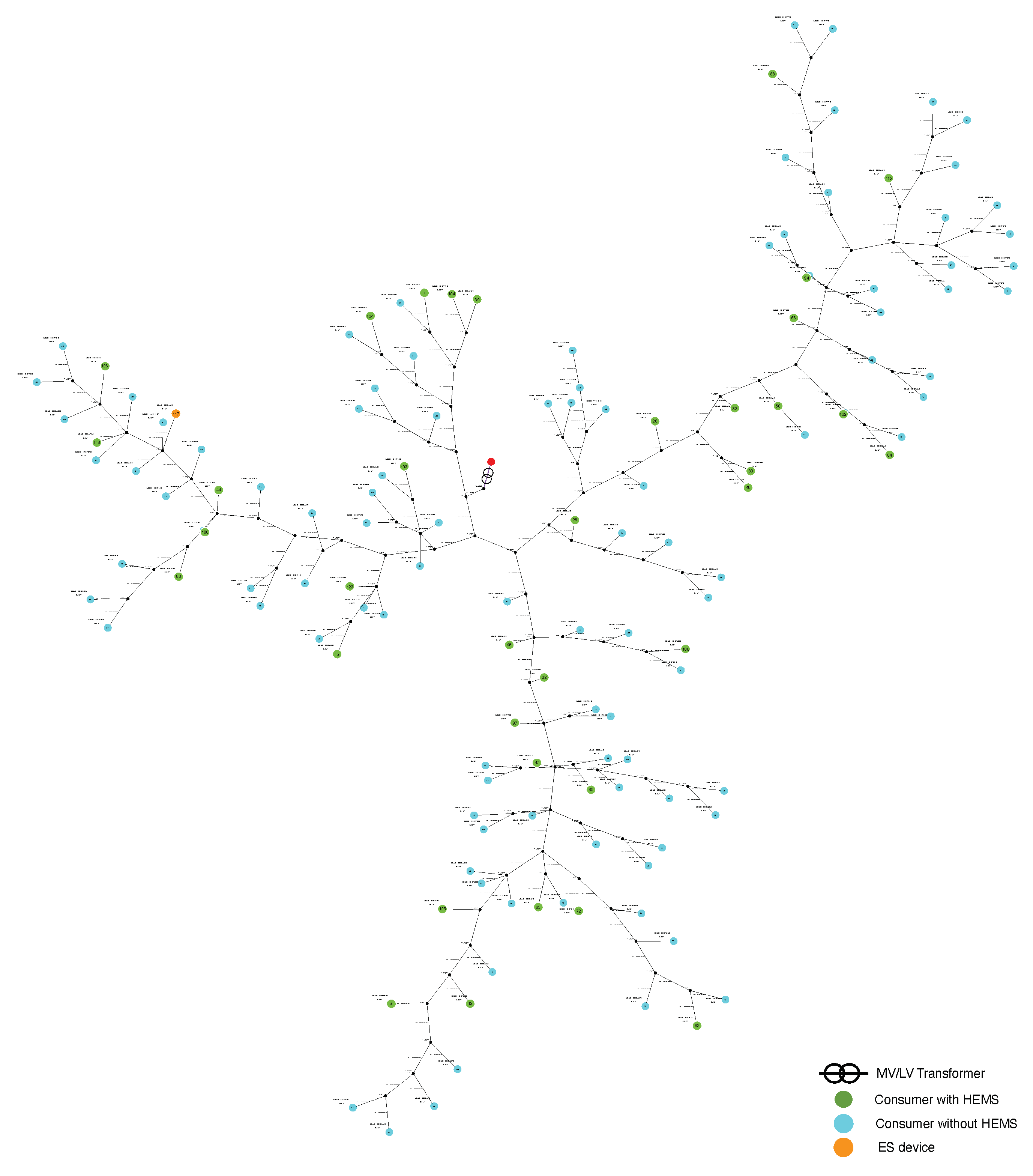
References
- Peças Lopes, J.A.; Hatziargyriou, N.; Mutale, J.; Djapic, P.; Jenkins, N. Integrating distributed generation into electric power systems: A review of drivers, challenges and opportunities. Electr. Power Syst. Res. 2007, 77, 1189–1203. [Google Scholar] [CrossRef]
- Ismael, S.M.; Aleem, S.H.E.; Abdelaziz, A.Y.; Zobaa, A.F. State-of-the-art of hosting capacity in modern power systems with distributed generation. Renew. Energy 2018, 130, 1002–1020. [Google Scholar] [CrossRef]
- Jenkins, N.; Ekanayake, J.; Strbac, G. Distributed Generation; Institution of Engineering and Technology: London, UK, 2010. [Google Scholar]
- CENELEC. EN 50160: Voltage Characteristics of Electricity Supplied by Public Distribution Systems; CENELEC: Brussels, Belgium, 2001. [Google Scholar]
- Emmanuel, M.; Rayudu, R. Evolution of dispatchable photovoltaic system integration with the electric power network for smart grid applications: A review. Renew. Sustain. Energy Rev. 2016, 67, 207–224. [Google Scholar] [CrossRef]
- Navarro-Espinosa, A.; Ochoa, L.F. Increasing the PV hosting capacity of LV networks: OLTC-fitted transformers vs. reinforcements. In Proceedings of the 2015 IEEE Power & Energy Society Innovative Smart Grid Technologies Conference (ISGT), Washington, DC, USA, 18–20 February 2015. [Google Scholar]
- Vovos, P.N.; Kiprakis, A.E.; Wallace, A.R.; Harrison, G.P. Centralized and Distributed Voltage Control: Impact on Distributed Generation Penetration. IEEE Trans. Power Syst. 2007, 22, 476–483. [Google Scholar] [CrossRef]
- Kulmala, A.; Maki, K.; Repo, S.; Jarventausta, P. Active Voltage Level Management of Distribution Networks with Distributed Generation using On Load Tap Changing Transformers. In Proceedings of the 2007 IEEE Lausanne Power Tech, Lausanne, Switzerland, 1–5 July 2007. [Google Scholar]
- Pukhrem, S.; Basu, M.; Conlon, M.F.; Sunderland, K. Enhanced Network Voltage Management Techniques Under the Proliferation of Rooftop Solar PV Installation in Low-Voltage Distribution Network. IEEE J. Emerg. Select. Top. Power Electron. 2017, 5, 681–694. [Google Scholar] [CrossRef]
- Rocabert, J.; Luna, A.; Blaabjerg, F.; Rodríguez, P. Control of Power Converters in AC Microgrids. IEEE Trans. Power Electron. 2012, 27, 4734–4749. [Google Scholar] [CrossRef]
- Ahmed, K.H.; Massoud, A.M.; Adam, G.P.; Zobaa, A.F. A state of the art review of control techniques for power electronics converter based distributed generation systems in different modes of operation. In Proceedings of the 2013 International Conference on Renewable Energy Research and Applications (ICRERA), Madrid, Spain, 20–23 October 2013. [Google Scholar]
- Costa, H.M.; Sumaili, J.; Madureira, A.G.; Gouveia, C. A multi-temporal optimal power flow for managing storage and demand flexibility in LV networks. In Proceedings of the 2017 IEEE Manchester PowerTech, Manchester, UK, 18–22 June 2017; pp. 1–6. [Google Scholar]
- Olival, P.C.; Madureira, A.G.; Matos, M. Advanced voltage control for smart microgrids using distributed energy resources. Electr. Power Syst. Res. 2017, 146, 132–140. [Google Scholar] [CrossRef]
- Rahbar, K.; Xu, J.; Zhang, R. Real Time Energy Storage Management for Renewable Integration in Microgrid An OffLine Optimization Approach in on Smart Grid. IEEE Trans. Smart Grid 2015, 6, 124–134. [Google Scholar] [CrossRef]
- Shivarudraswamy, R.; Gaonkar, D.N. Coordinated Voltage Regulation of Distribution Network with Distributed Generators and Multiple Voltage-control Devices. Electr. Power Compon. Syst. 2012, 40, 1072–1088. [Google Scholar] [CrossRef]
- Montoya, O.D.; Gil-González, W.; Grisales-Noreña, L.; Orozco-Henao, C.; Serra, F. Economic Dispatch of BESS and Renewable Generators in DC Microgrids Using Voltage-Dependent Load Models. Energies 2019, 2, 4494. [Google Scholar] [CrossRef]
- Marín, L.G.; Sumner, M.; nöz-Carpintero, D.M.; Köbrich, D.; Pholboon, S.; Sáez, D.; Núñez, A.N. Hierarchical Energy Management System for Microgrid Operation Based on Robust Model Predictive Control. Energies 2019, 12, 4453. [Google Scholar] [CrossRef]
- Wang, L.; Liang, D.H.; Crossl, A.F.; Taylor, P.C.; Jones, D.; Wade, N.S. Coordination of Multiple Energy Storage Units in a Low Voltage Distribution Network. IEEE Trans. Smart Grid 2015, 6, 2906–2918. [Google Scholar] [CrossRef]
- Costa, H.; Miranda, M.; Ramos, J.; Seca, L.; Madureira, A.; Lemos, D.; Santana, R.; Louro, M.; Matos, P.G.; Rosa, L.; et al. Voltage Control Demonstration for LV Networks with Controllable DER - The SuSTAINABLE Project Approach. In Proceedings of the Electrical Networks for Society and People, CIRED 2016 Workshop, Helsinki, Finland, 14–15 June 2016; pp. 1–4. [Google Scholar]
- Ou-Yang, J.X.; Long, X.X.; Du, X.; Diao, Y.B.; Li, M.Y. Voltage Control Method for Active Distribution Networks Based on Regional Power Coordination. Energies 2019, 12, 4364. [Google Scholar] [CrossRef]
- Hua, Y.; Shentu, X.; Xie, Q.; Ding, Y. Voltage/Frequency Deviations Control via Distributed Battery Energy Storage System Considering State of Charge. Energies 2019, 9, 1148. [Google Scholar] [CrossRef]
- InteGrid. Demonstration of INTElligent Grid Technologies for Renewables INTEgration and INTEractive Consumer Participation Enabling INTEroperable Market Solutions and INTErconnected Stakeholders (InteGrid), Horizon 2020 Project. Available online: https://integrid-h2020.eu/ (accessed on 31 January 2020).
- Costa, J.; Trocato, C.; Moreira, J.; Rua, D.; Madureira, A.; Fonseca, D. LV Network Control Architecture: H2020 InteGrid Case Study. In Proceedings of the Microgrids and Local Energy Communities, CIRED 2018 Workshop, Ljubljana, Slovenia, 7–8 June 2018; pp. 1–4. [Google Scholar]
- Simões, M.F.S.; Costa, H.M.; Madureira, A.G. Predictive Voltage Control for LV Distribution Grids exploiting Flexibility from Domestic Customers. In Proceedings of the Mediterranean Conference on Power Generation, Transmission, Distribution and Energy Conversion (MEDPOWER 2018), Dubrovnik, Croatia, 12–15 November 2018; pp. 1–7. [Google Scholar]
- Abreu, C.; Soares, I.; Oliveira, L.; Rua, D.; Machado, P.; Carvalho, L.; Lopes, J.A.P. Application of Genetic Algorithms and the Cross-Entropy Method in Practical Home Energy Management Systems. IET Renew. Power Gener. 2019, 13, 1474–1483. [Google Scholar] [CrossRef]
- Bessa, R.; Coelho, F.; Rodrigues, X.; Alonso, A.; Soares, T.; Pires, G.; Matos, P.G.; Prates, I.; Shahrokni, H.; Mäkivierikko, A. Grid and Market Hub: Empowering Local Energy Communities in InteGrid. In Proceedings of the CIRED 2018 Workshop, Ljubljana, Slovenia, 7–8 June 2018. [Google Scholar]
- Andrade, J.R.; Bessa, R.J. Improving renewable energy forecasting with a grid of numerical weather predictions. IEEE Trans. Sustain. Energy 2017, 8, 1571–1580. [Google Scholar] [CrossRef]
- Viana, J.; Bessa, R.J.; Sousa, J. Load Forecasting Benchmark for Smart Meter Data. In Proceedings of the 2019 IEEE Milan PowerTech, Milan, Italy, 23–27 June 2019. [Google Scholar]
- Bessa, R.J.; Sampaio, G.; Pereira, J.; Miranda, V. Probabilistic low voltage state estimation using analog-search techniques. In Proceedings of the 20th Power Systems Computation Conference (PSCC 2018), Dublin, Ireland, 11–15 June 2018. [Google Scholar]
- Simões, M.S.; Sampaio, G.; Madureira, A.; Bessa, R.; Pereira, J.; Lopes, D.; Pires, R.; Matos, P. Avoid technical problems in LV networks: from data-driven monitoring to predictive control. In Proceedings of the 25th International Conference and Exhibition on Electricity Distribution (CIRED 2019), Madrid, Spain, 3–6 June 2019. [Google Scholar]
- Crossl, A.F.; Jones, D.; Wade, N.S. Planning the location and rating of distributed energy storage in LV networks using a genetic algorithm with simulated annealing. Int. J. Electr. Power Energy Syst. 2014, 59, 103–110. [Google Scholar] [CrossRef]
- Madureira, A. Coordinated and Optimized Voltage Management of Distribution Networks with Multi-Microgrids. Ph.D. Thesis, Department of Electrical and Computer Engineering, Faculty of Engineering, University of Porto, Porto, Portugal, 2010. [Google Scholar]
- Ciric, R.M.; Feltrin, A.P.; Ochoa, L.F. Power flow in four-wire distribution networks—General approach. IEEE Trans. Power Syste. 2003, 18, 1283–1290. [Google Scholar] [CrossRef]



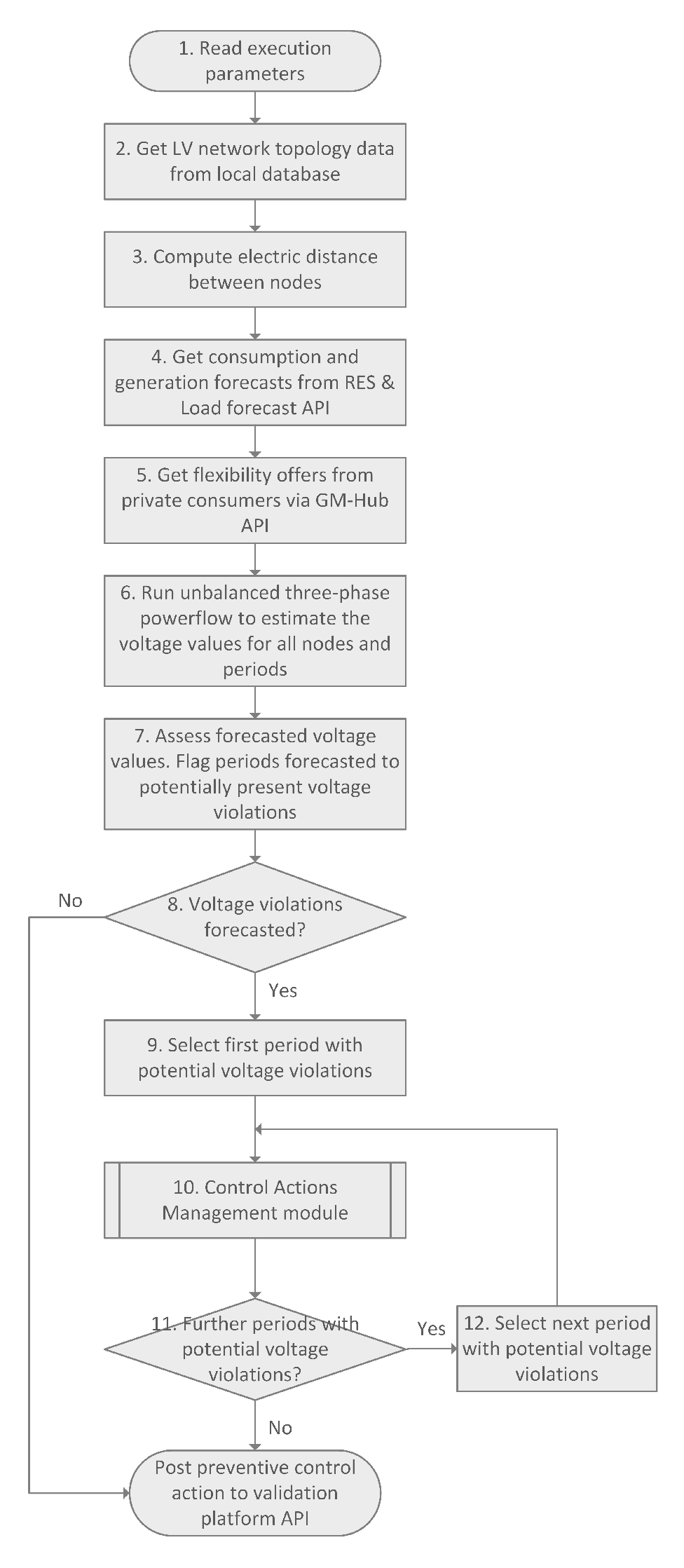

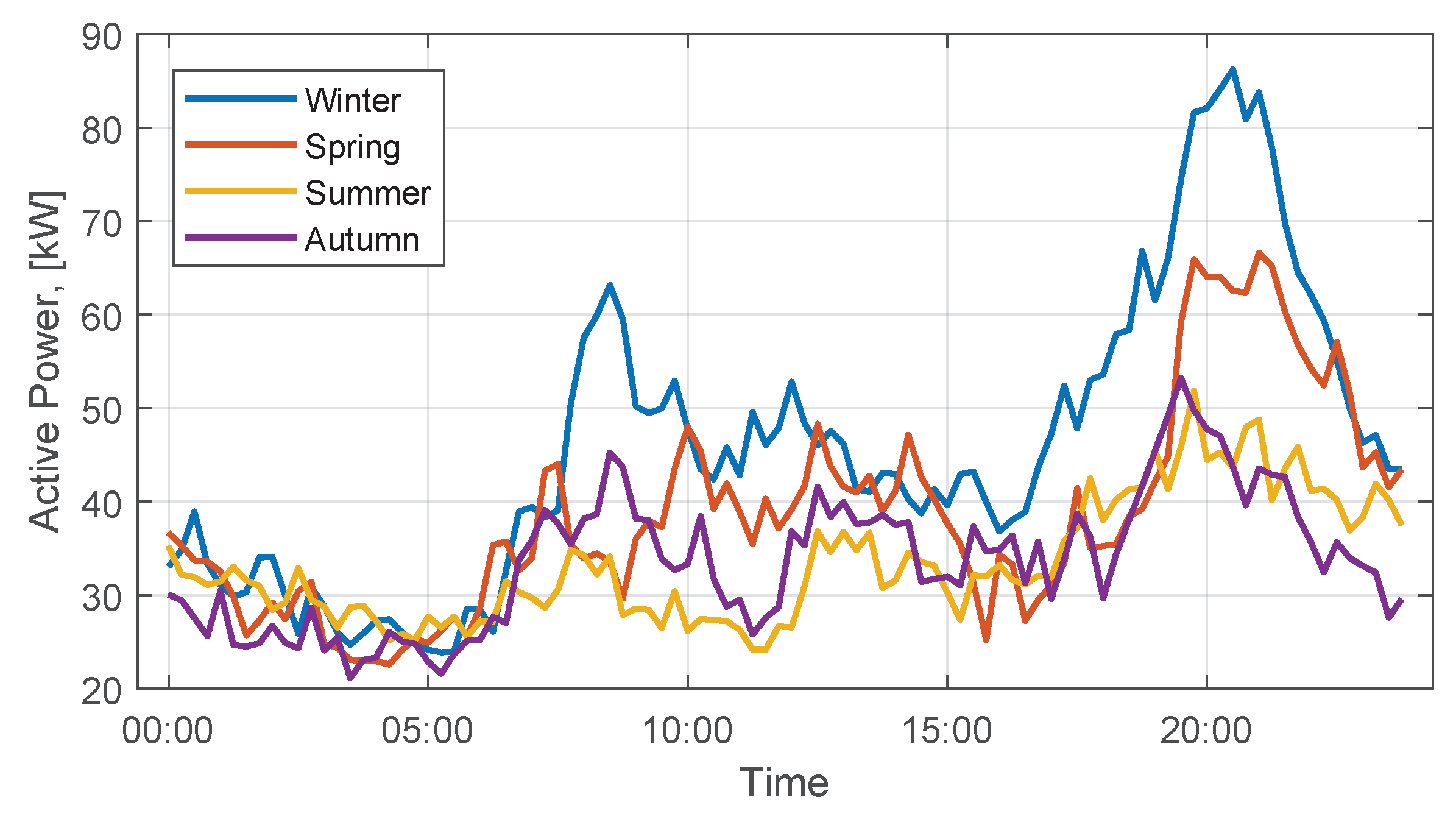
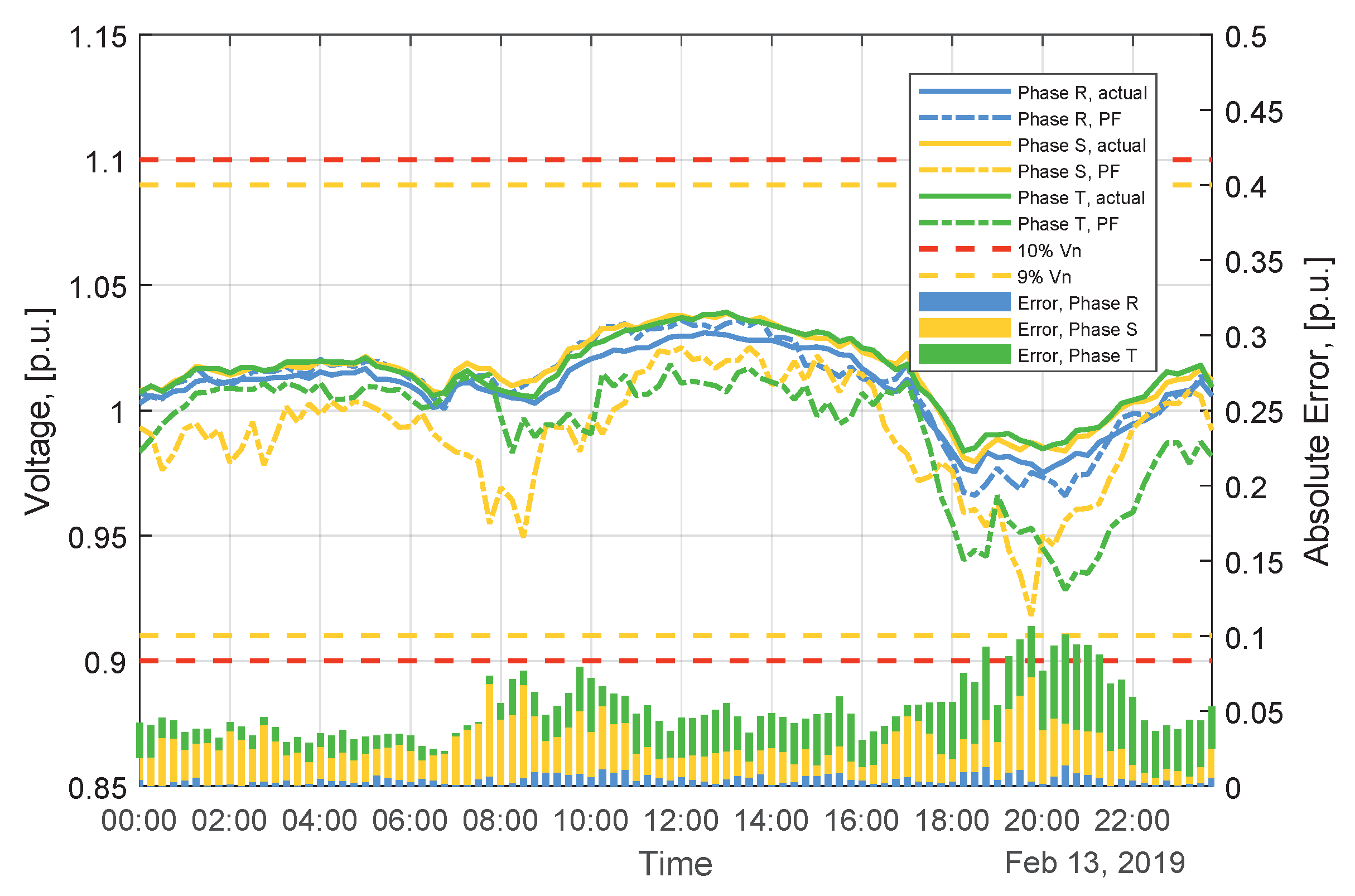

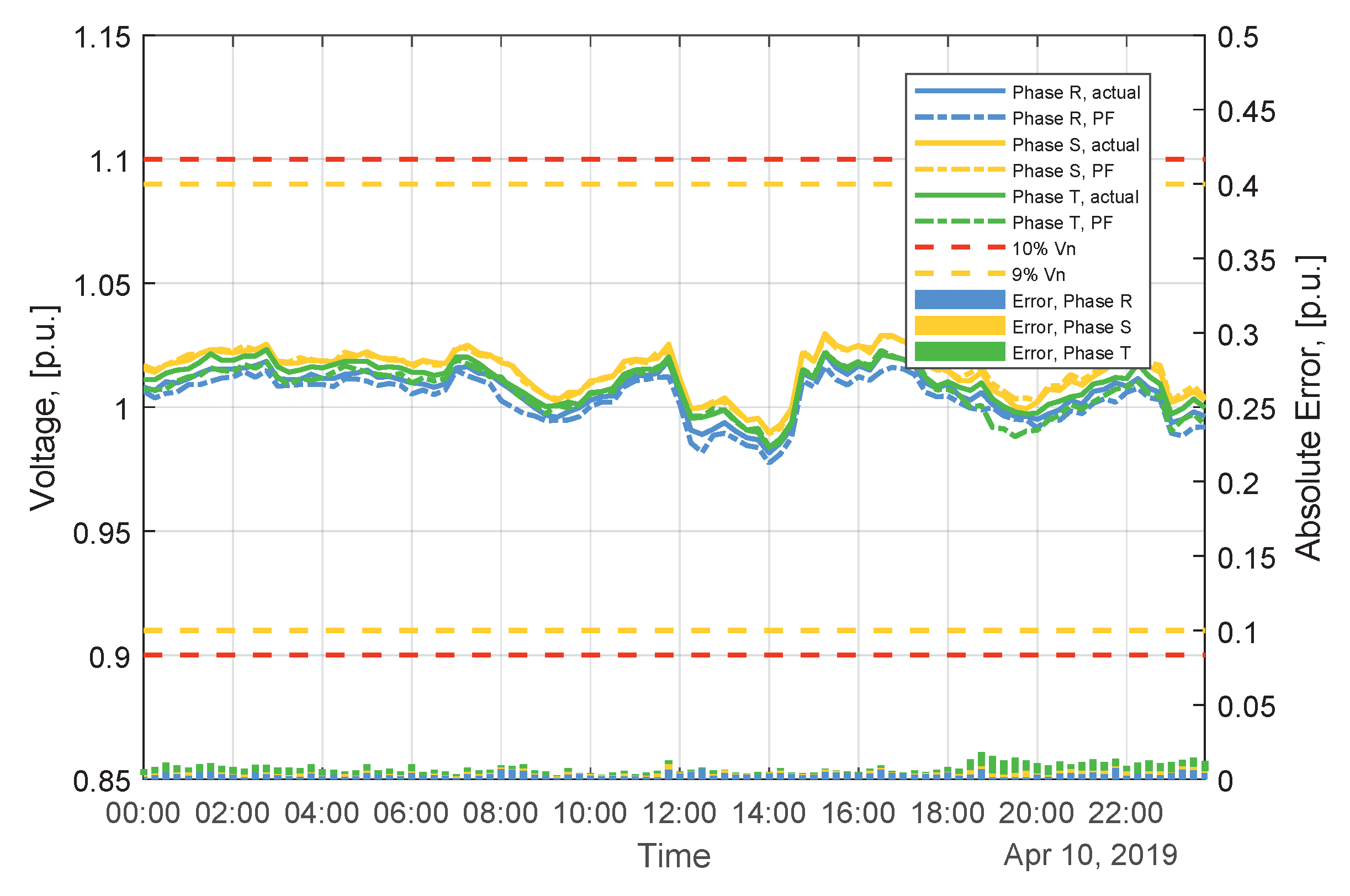
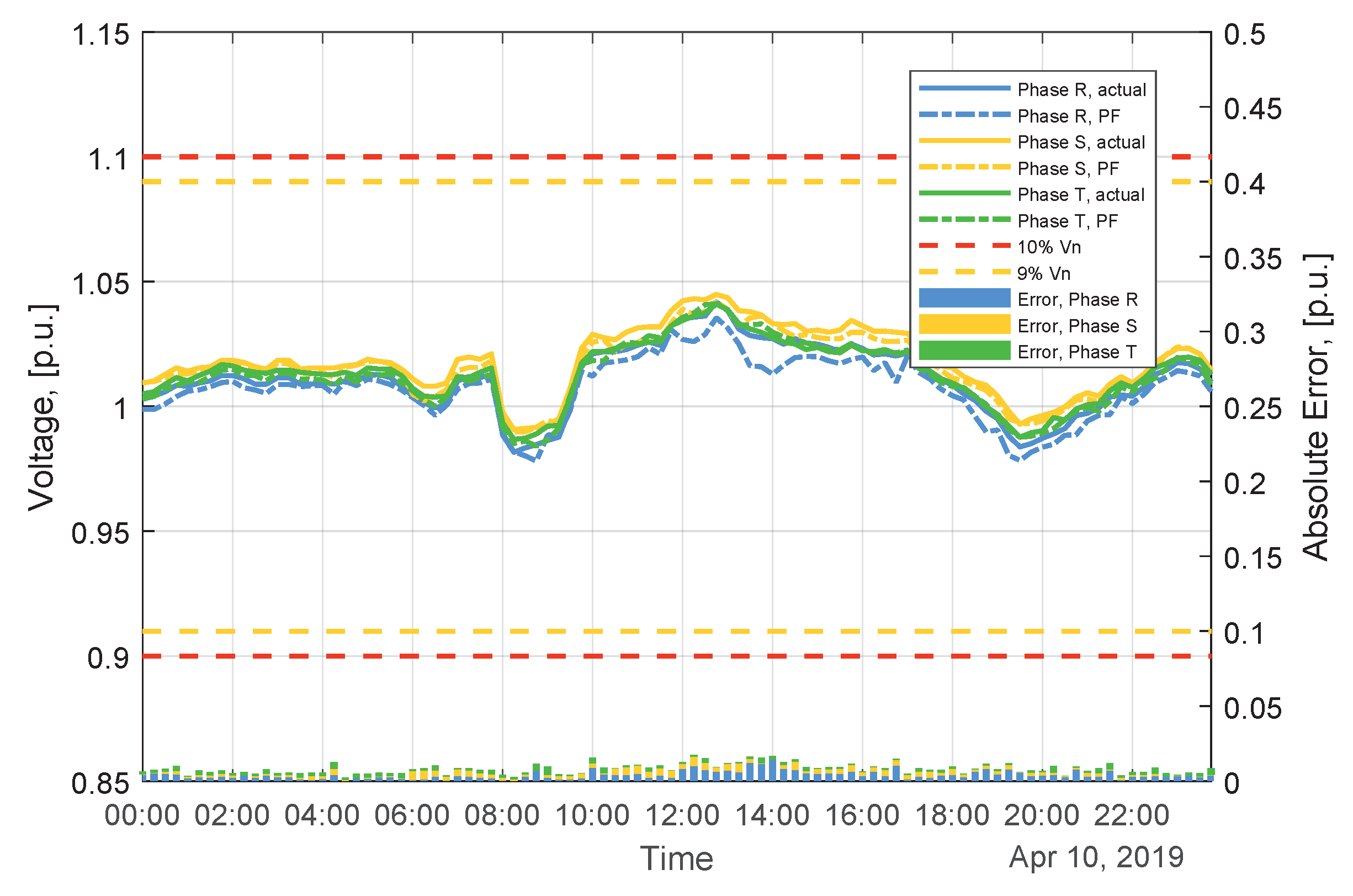
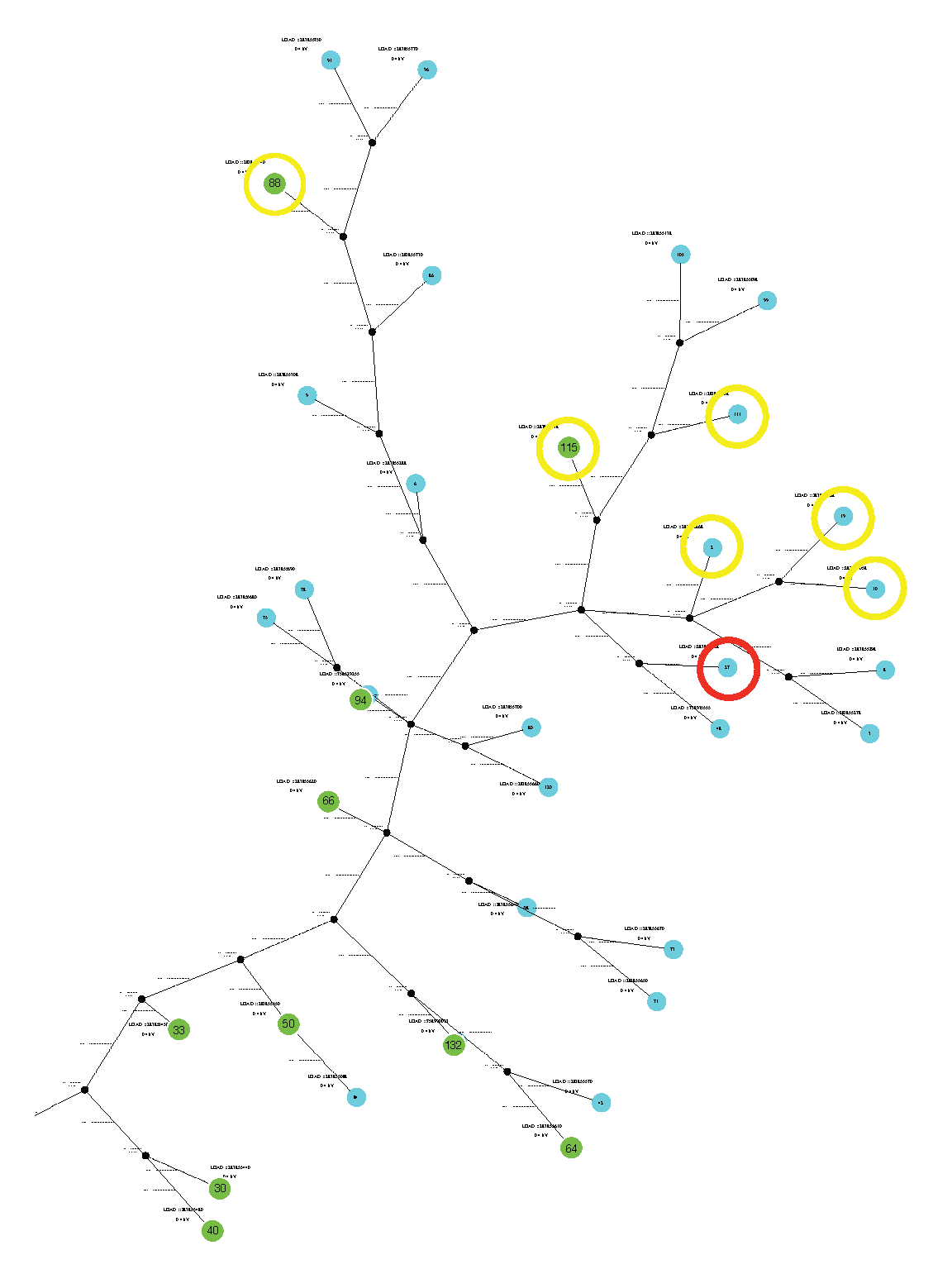
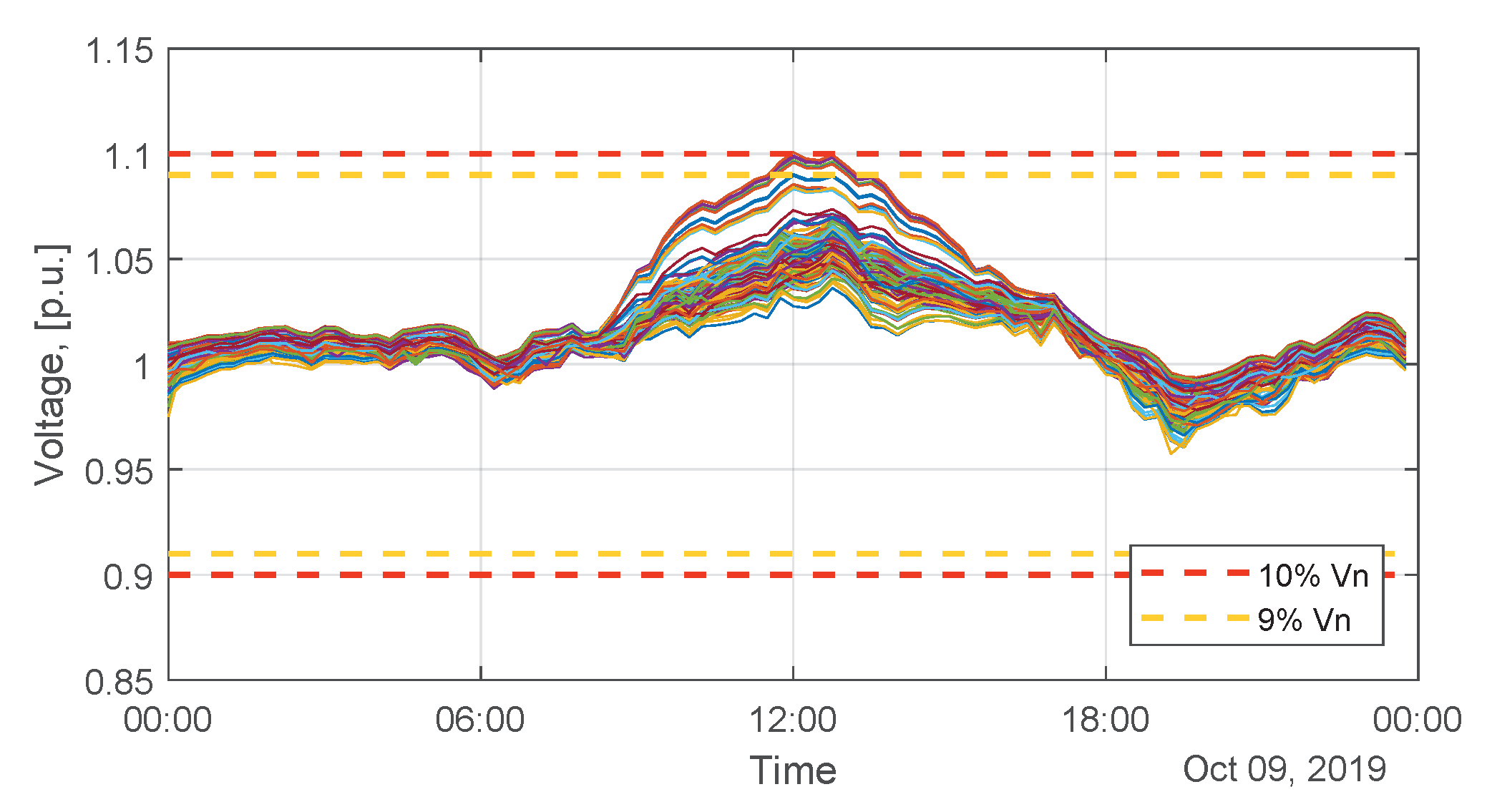

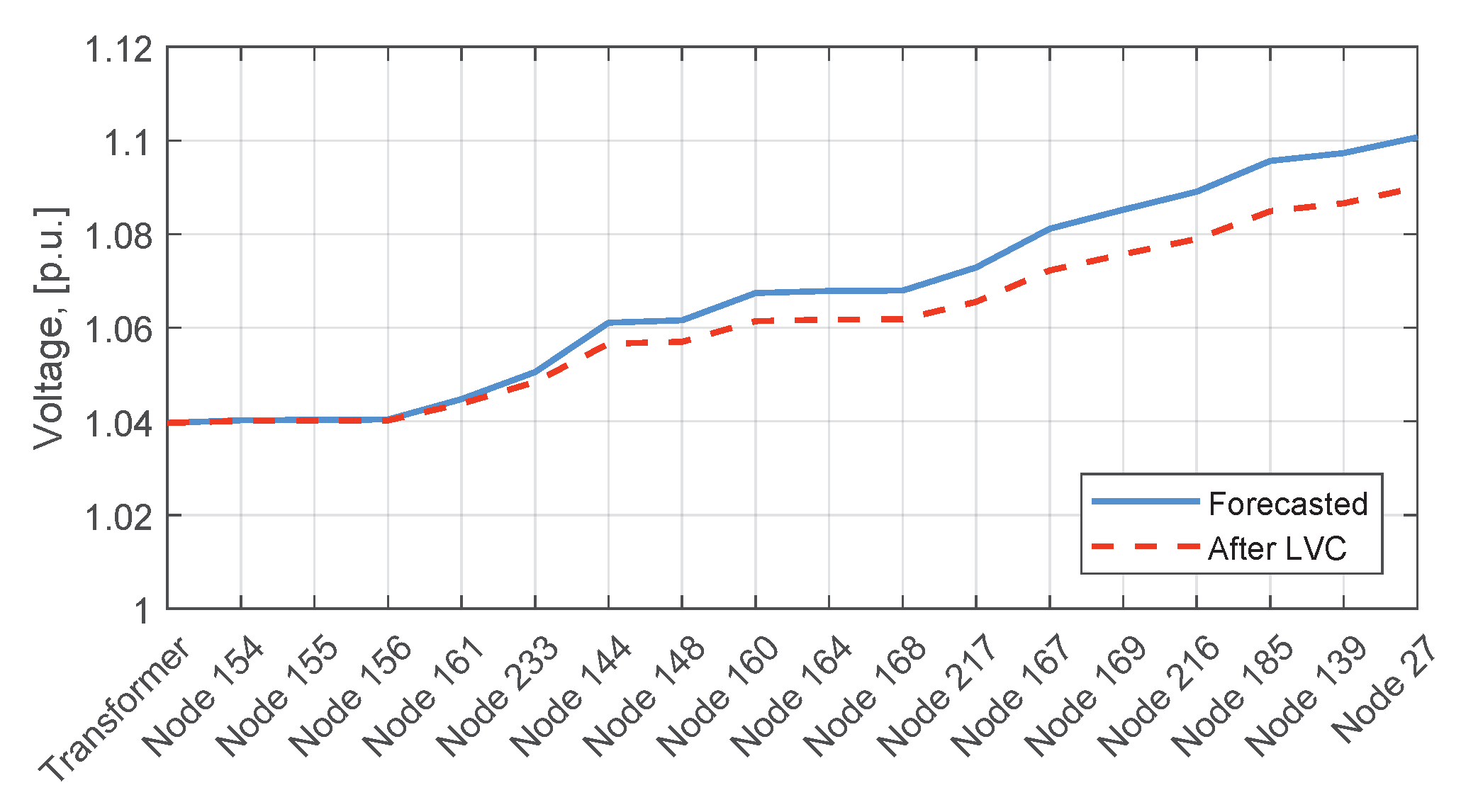
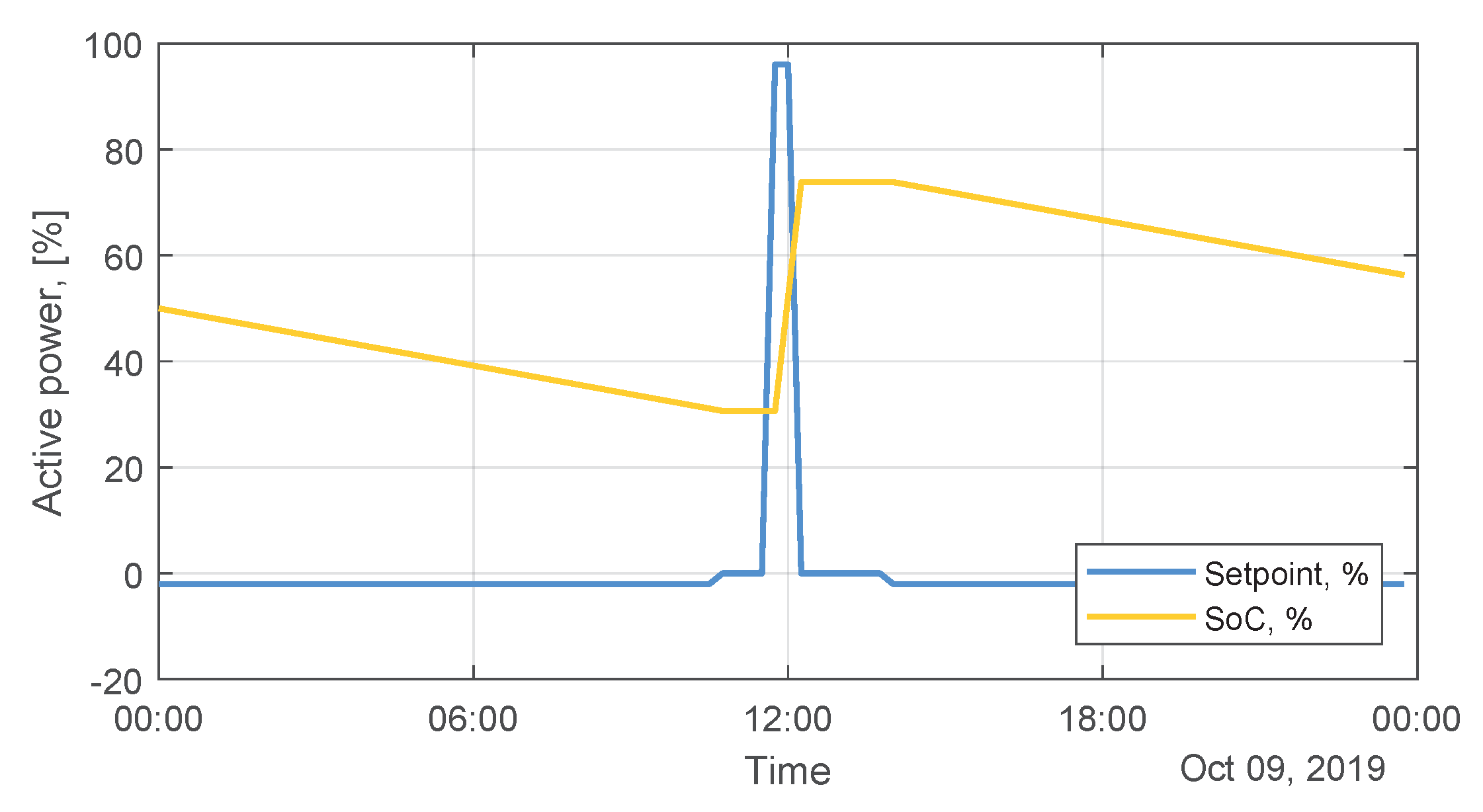

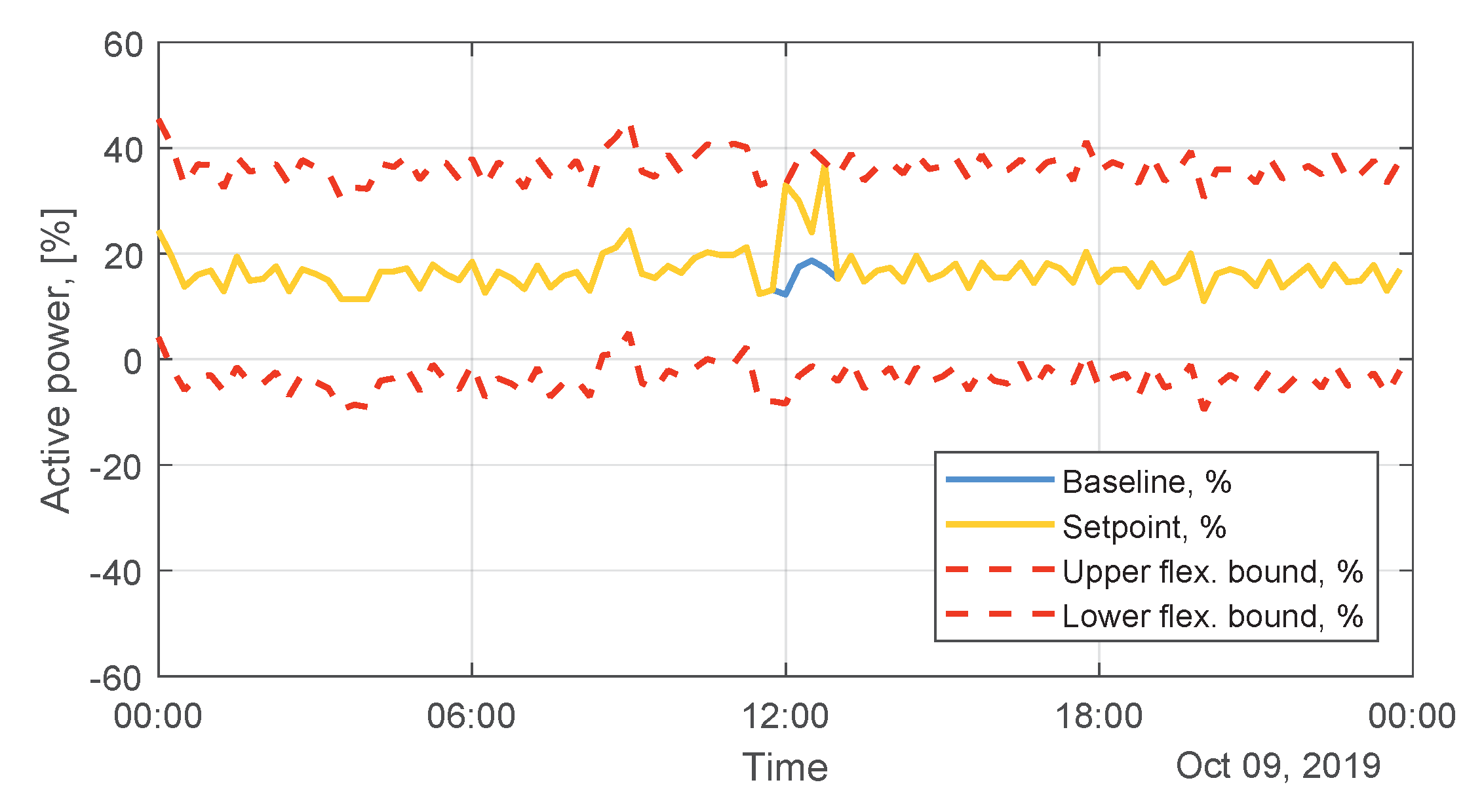
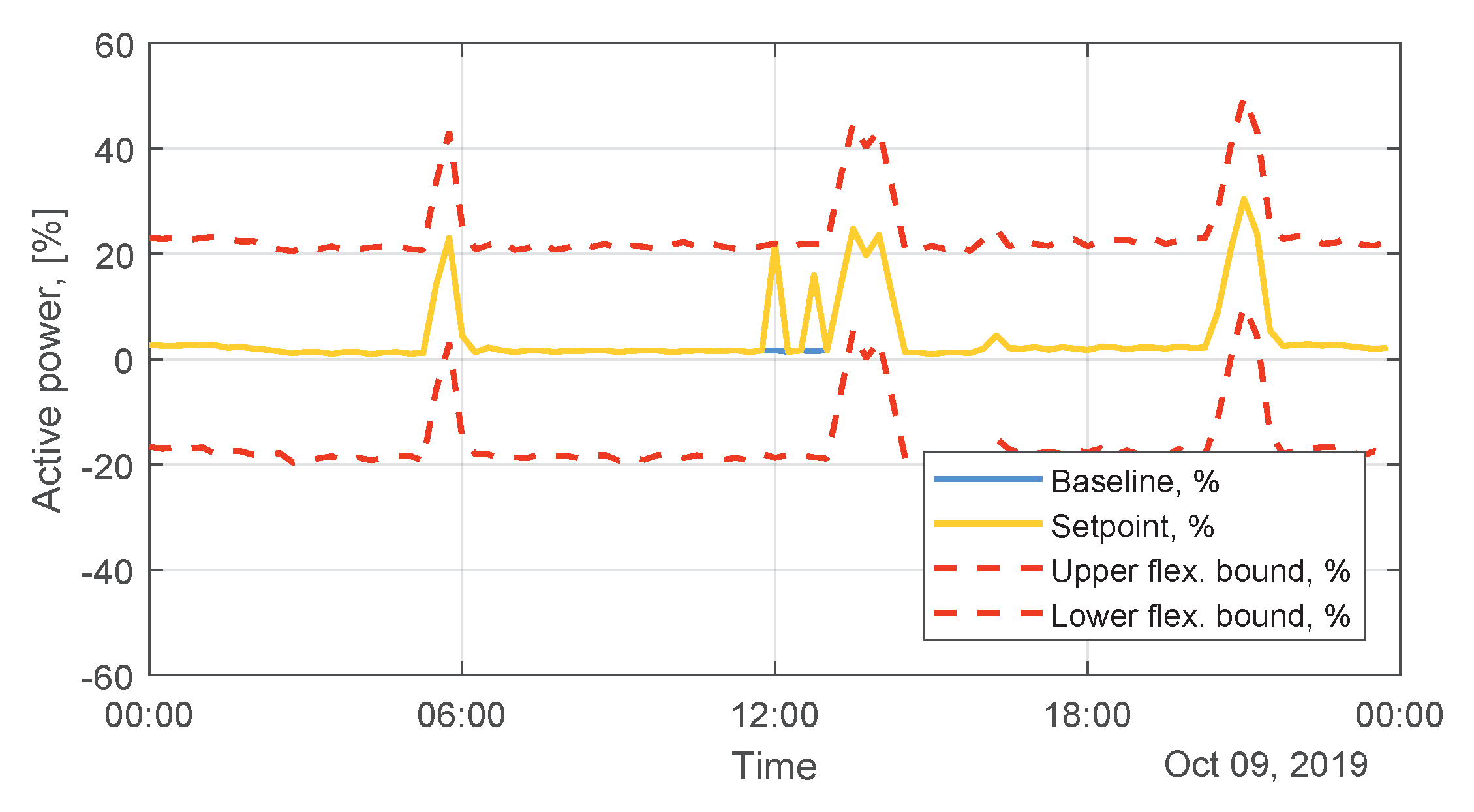
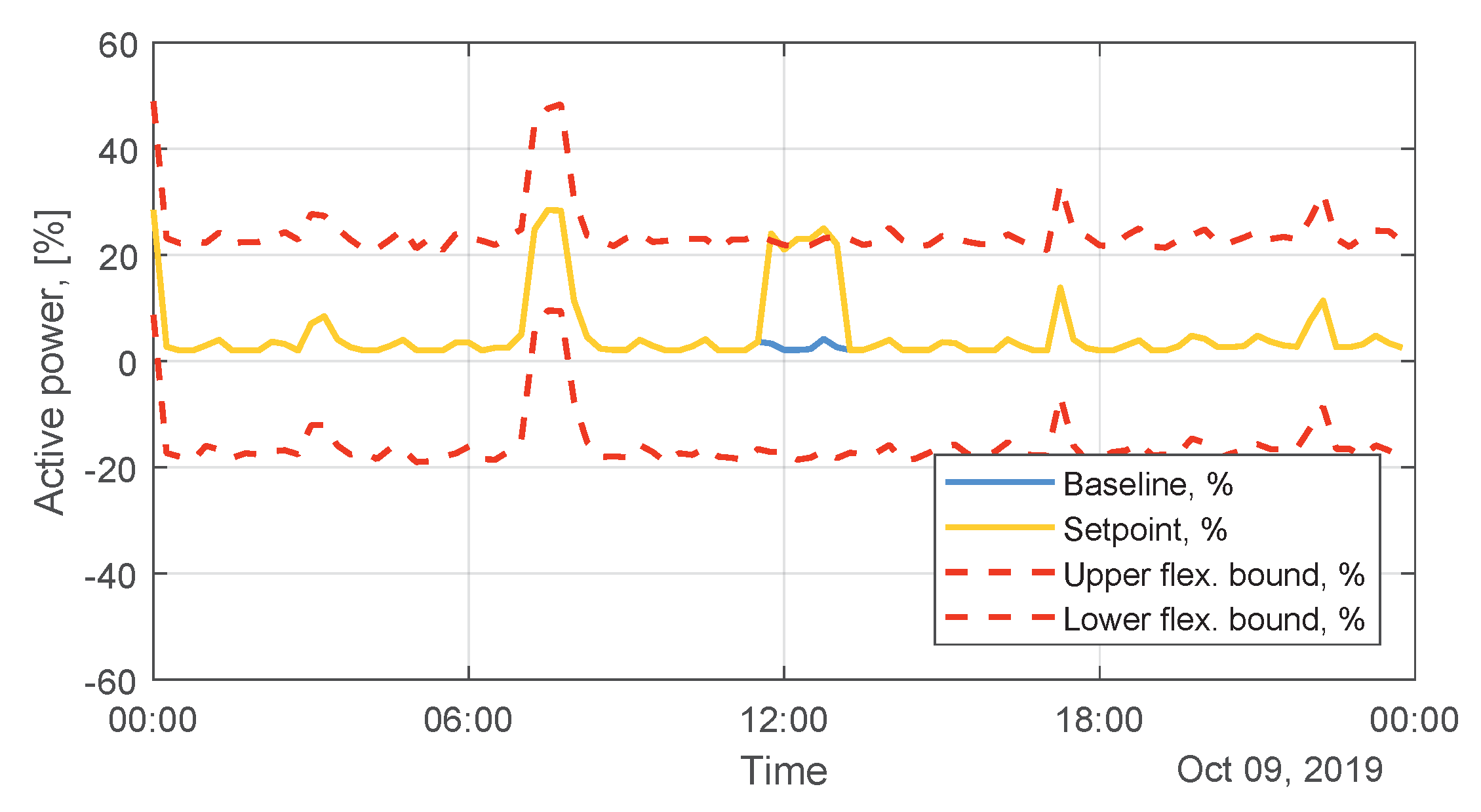
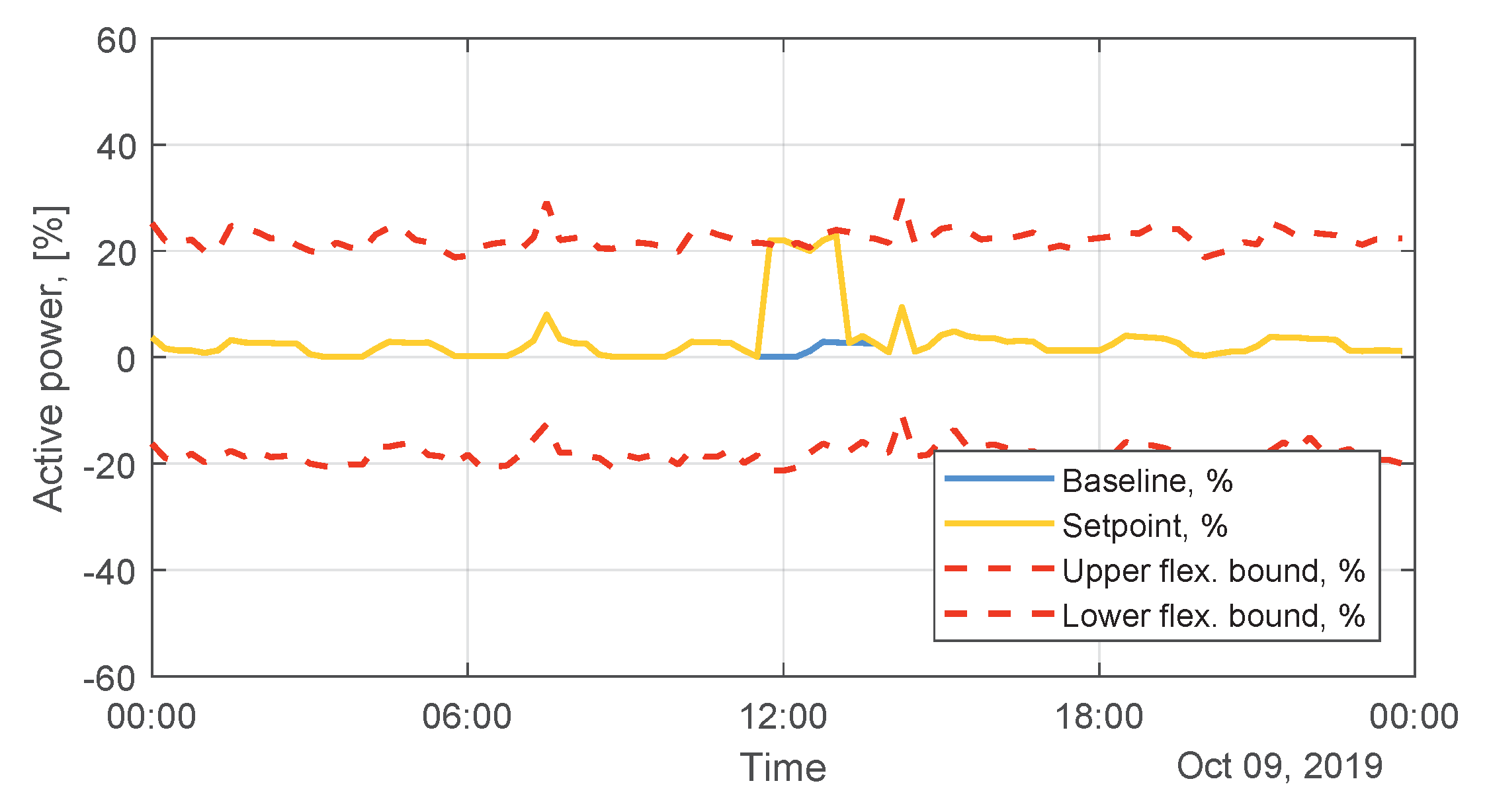
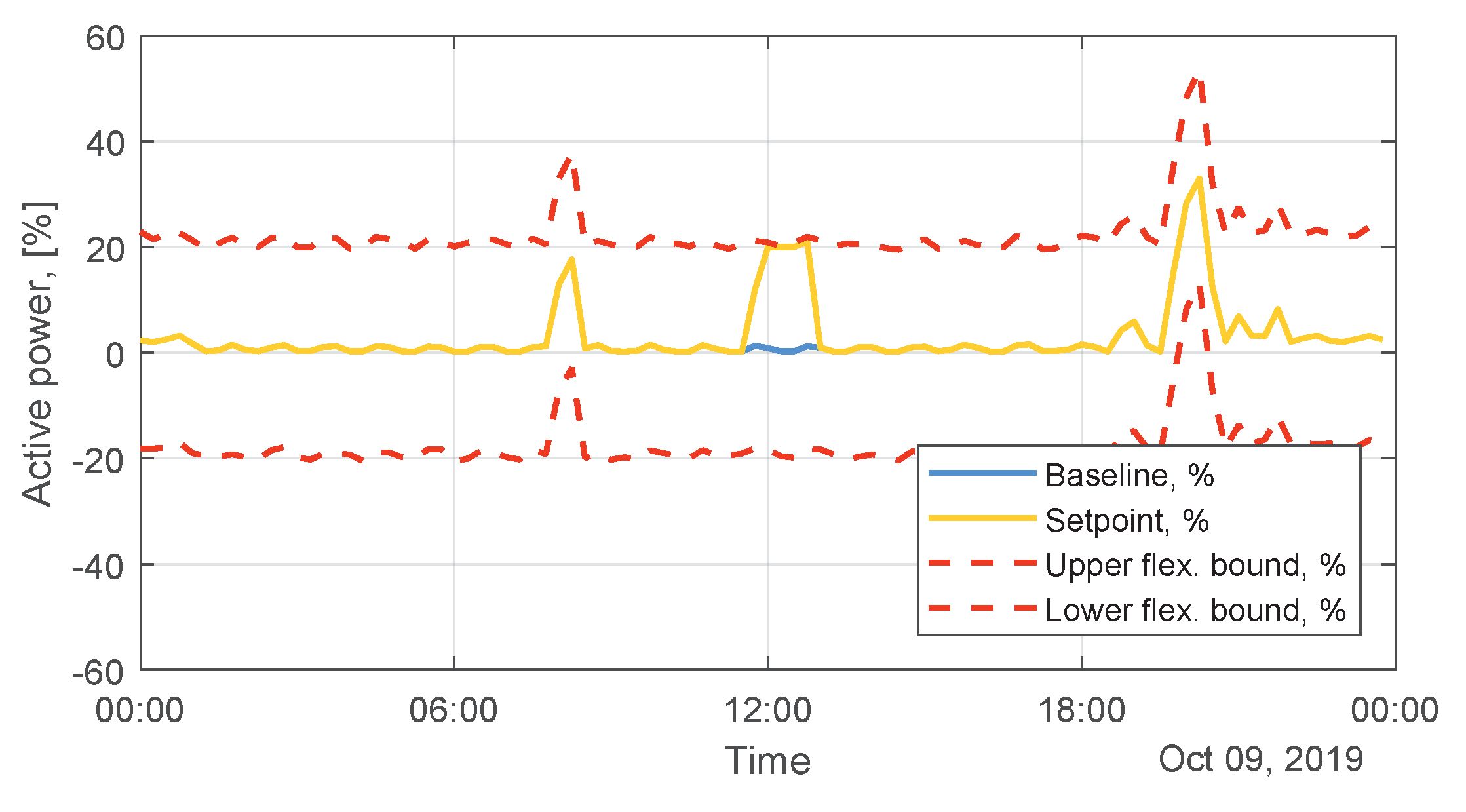
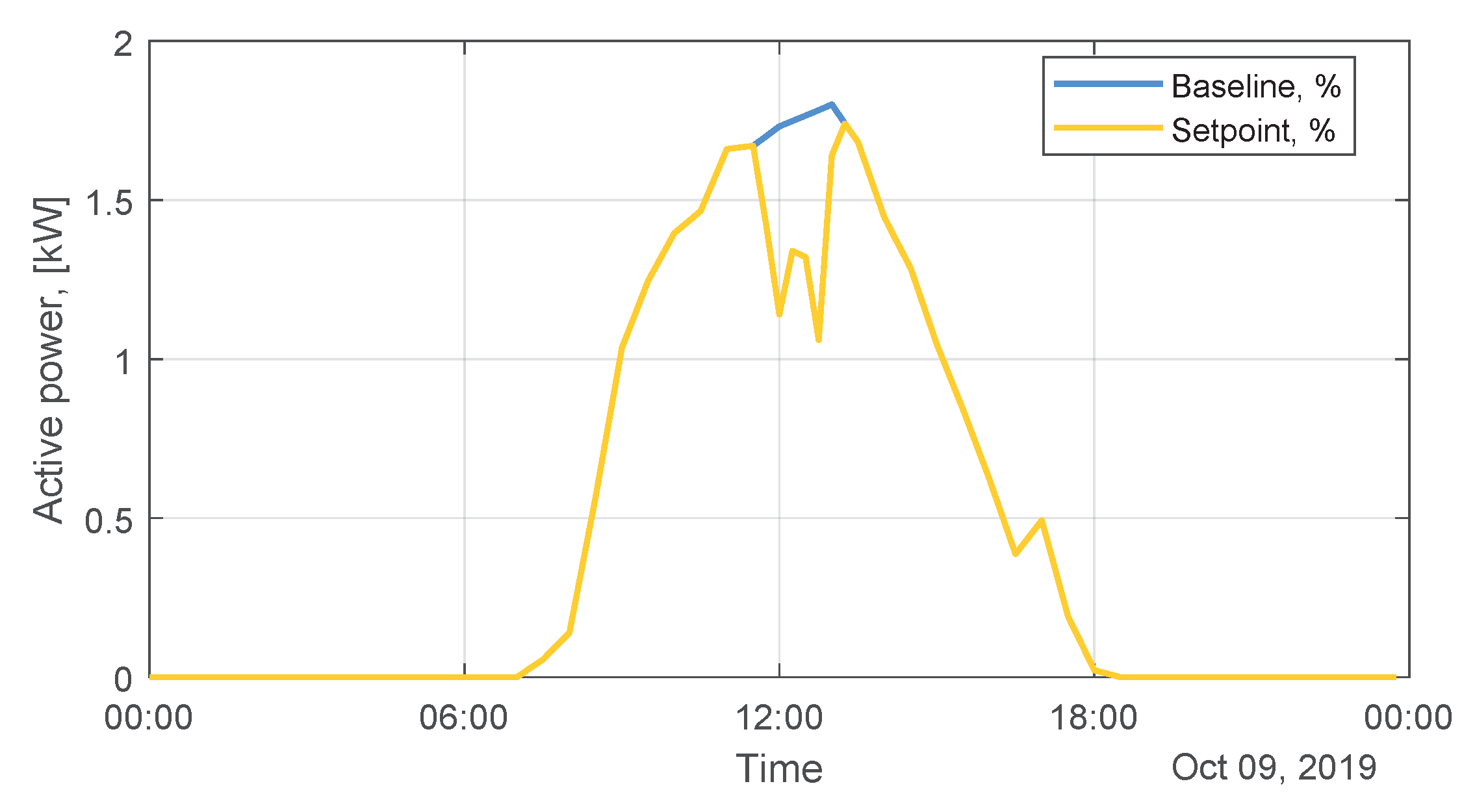

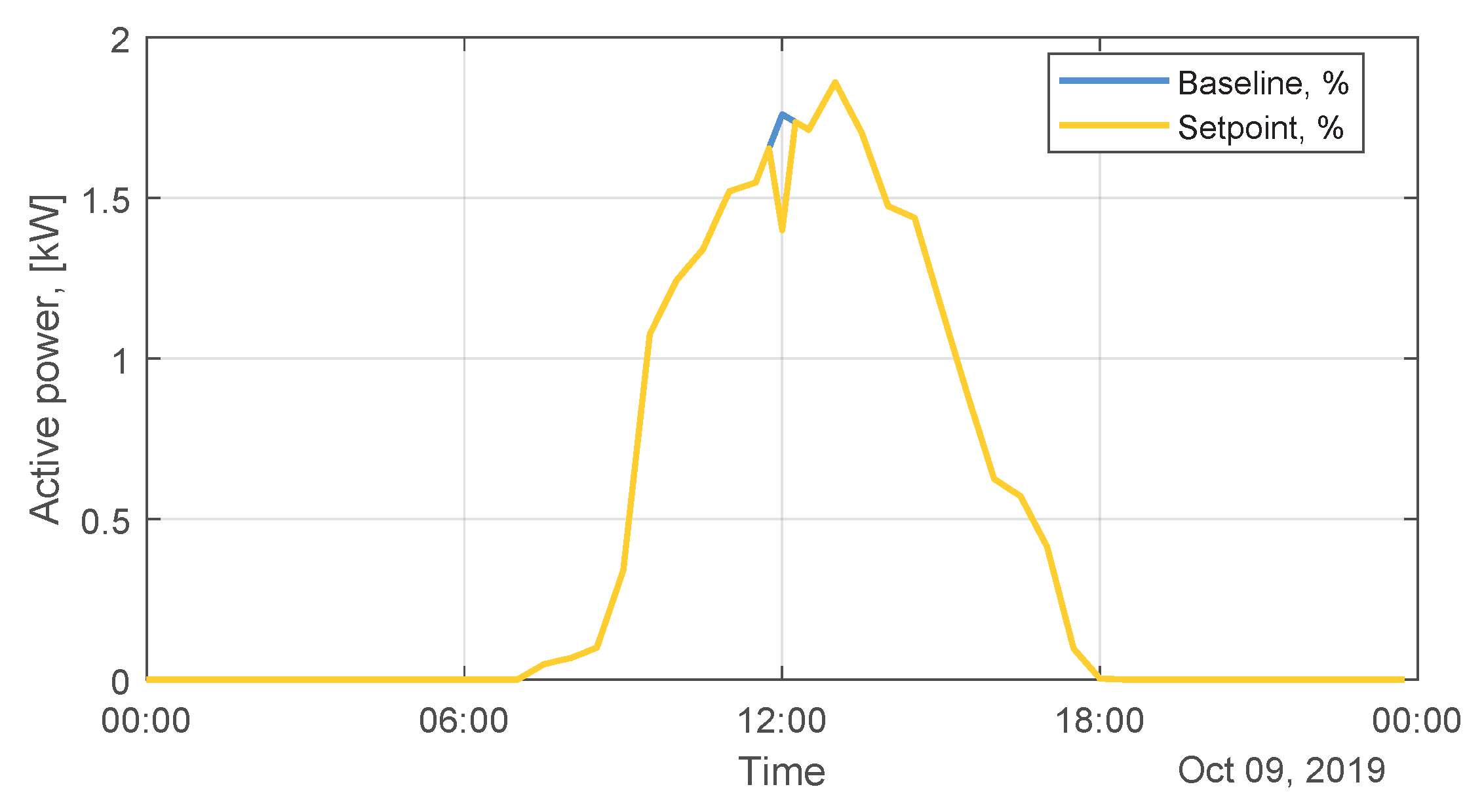
| Country | Based on Thermal Limits Considerations | Based on Short-Circuit Capacity Considerations | Based on Loading/Generation Percentage |
|---|---|---|---|
| South Korea | For MV networks, the total DG ratings should be lower than 20% of the HV/LV transformer rating |
| N/A |
| Spain |
| The total DG ratings should be lower than 10% of the short-circuit capacity at the point of common coupling | N/A |
| South Africa |
| N/A | The total DG ratings should be lower than 15% of the feeder peak load |
| China | N/A | The total DG ratings should be lower than 10% of the short-circuit capacity at the point of common coupling | N/A |
| USA | N/A |
|
|
| Belgium | For LV networks, total DG ratings should be lower than the MV/LV transformer rating | N/A | N/A |
| Canada | Reverse power flow occurred due to DG integration should not exceed 60% of the transformer rating at the substation and the minimum substation load | N/A | The total DG ratings should be lower than 50–100% of the feeder capacity or the substation annual minimum load |
| Czech | At the 110 kV networks, the total DG ratings should be lower than the HV transformer rating and the minimum substation load | N/A | N/A |
| Italy |
| N/A | N/A |
| Portugal | For LV networks, the total DG ratings should be lower than 25% of the MV/LV transformer rating | N/A | N/A |
| Contracted | Microgeneration Installed |
|---|---|
| Power, [kVA] | Capacity, [kW] |
| 1.15 | 0.50 |
| 3.45 | 1.00 |
| 4.60 | 1.50 |
| 5.75 | 1.75 |
| 6.90 | 2.00 |
| 10.35 | 2.50 |
| 20.70 | 4.00 |
| 27.60 | 5.00 |
| 41.40 | 7.50 |
| Phase R | Phase S | Phase T | Phase RST | Total | ||
|---|---|---|---|---|---|---|
| Number | Total consumers | 46 | 44 | 31 | 8 | 129 |
| Consumers w/HEMS | 14 | 13 | 9 | 2 | 38 | |
| Consumers w/HEMS, % | 30.43% | 29.55% | 29.03% | 25.00% | 29.46% | |
| Contracted | Total consumers | 212.75 | 215.05 | 143.75 | 144.9 | 716.45 |
| power, | Consumers w/HEMS | 65.55 | 65.55 | 43.70 | 27.60 | 202.40 |
| Consumers w/HEMS, % | 30.81% | 30.48% | 30.40% | 19.05% | 28.25% | |
| Microgeneration | Total producers | 61.75 | 65.00 | 42.50 | 29.50 | 198.75 |
| installed capacity, | Producers w/HEMS | 19.75 | 21.00 | 13.25 | 6.00 | 60,00 |
| Producers w/HEMS, % | 31.98% | 32.31% | 31.18% | 20.34% | 30.19% |
| MAPE, % | RMSE, p.u. | |||||||
|---|---|---|---|---|---|---|---|---|
| Phase R | Phase S | Phase T | Average | Phase R | Phase S | Phase T | Average | |
| Winter | 0.47% | 2.40% | 2.21% | 1.70% | 0.00003 | 0.00074 | 0.00069 | 0.00049 |
| Spring | 0.42% | 0.18% | 0.41% | 0.34% | 0.00003 | 0.00000 | 0.00003 | 0.00002 |
| Summer | 0.36% | 0.11% | 0.32% | 0.26% | 0.00002 | 0.00000 | 0.00002 | 0.00001 |
| Autumn | 0.40% | 0,23% | 0,17% | 0.27% | 0.00002 | 0.00001 | 0.00000 | 0.00001 |
| Average | 0.41% | 0.73% | 0.78% | 0.64% | 0.00003 | 0.00019 | 0.00018 | 0.00013 |
| Contracted | Total | Flexibility | Flexibility | |
|---|---|---|---|---|
| Power, [kVA] | Flexibility, [kWh] | Used, [kWh] | Used, [%] | |
| Node 28 | 3.45 | 16.45 | 0.06 | 0.35% |
| Node 40 | 4.60 | 22.17 | 0.67 | 3.02% |
| Node 66 | 6.90 | 33.14 | 0.60 | 1.81% |
| Node 88 | 4.60 | 22.09 | 1.40 | 6.32% |
| Node 115 | 3.45 | 16.70 | 1.07 | 6.41% |
| Node 132 | 6.90 | 33.12 | 1.54 | 4.64% |
| Total | - | 143.67 | 5.33 | 3.71% |
| Simulation Day | Annual Estimation | |||||
|---|---|---|---|---|---|---|
| Pre-LVC, | Post-LVC, | Reduction, | Pre-LVC | Post-LVC, | Reduction, | |
| [kWh] | [kWh] | [%] | [kWh] | [kWh] | [%] | |
| Phase R | 5.90 | 5.77 | 2.21% | 3182.15 | 3137.55 | 1.40% |
| Phase S | 7.56 | 7.15 | 5.41% | 3354.74 | 3196.12 | 4.73% |
| Phase T | 3.72 | 3.70 | 0.57% | 1833.82 | 1816.17 | 0.96% |
| Phase N | 3.64 | 3.48 | 4.60% | 1830.03 | 1801.79 | 1.54% |
| Total | 20.82 | 20.10 | 3.50% | 10200.74 | 9951.63 | 2.44% |
© 2020 by the authors. Licensee MDPI, Basel, Switzerland. This article is an open access article distributed under the terms and conditions of the Creative Commons Attribution (CC BY) license (http://creativecommons.org/licenses/by/4.0/).
Share and Cite
Simões, M.; Madureira, A.G. Predictive Voltage Control: Empowering Domestic Customers With a Key Role in the Active Management of LV Networks. Appl. Sci. 2020, 10, 2635. https://doi.org/10.3390/app10072635
Simões M, Madureira AG. Predictive Voltage Control: Empowering Domestic Customers With a Key Role in the Active Management of LV Networks. Applied Sciences. 2020; 10(7):2635. https://doi.org/10.3390/app10072635
Chicago/Turabian StyleSimões, Micael, and André G. Madureira. 2020. "Predictive Voltage Control: Empowering Domestic Customers With a Key Role in the Active Management of LV Networks" Applied Sciences 10, no. 7: 2635. https://doi.org/10.3390/app10072635
APA StyleSimões, M., & Madureira, A. G. (2020). Predictive Voltage Control: Empowering Domestic Customers With a Key Role in the Active Management of LV Networks. Applied Sciences, 10(7), 2635. https://doi.org/10.3390/app10072635






